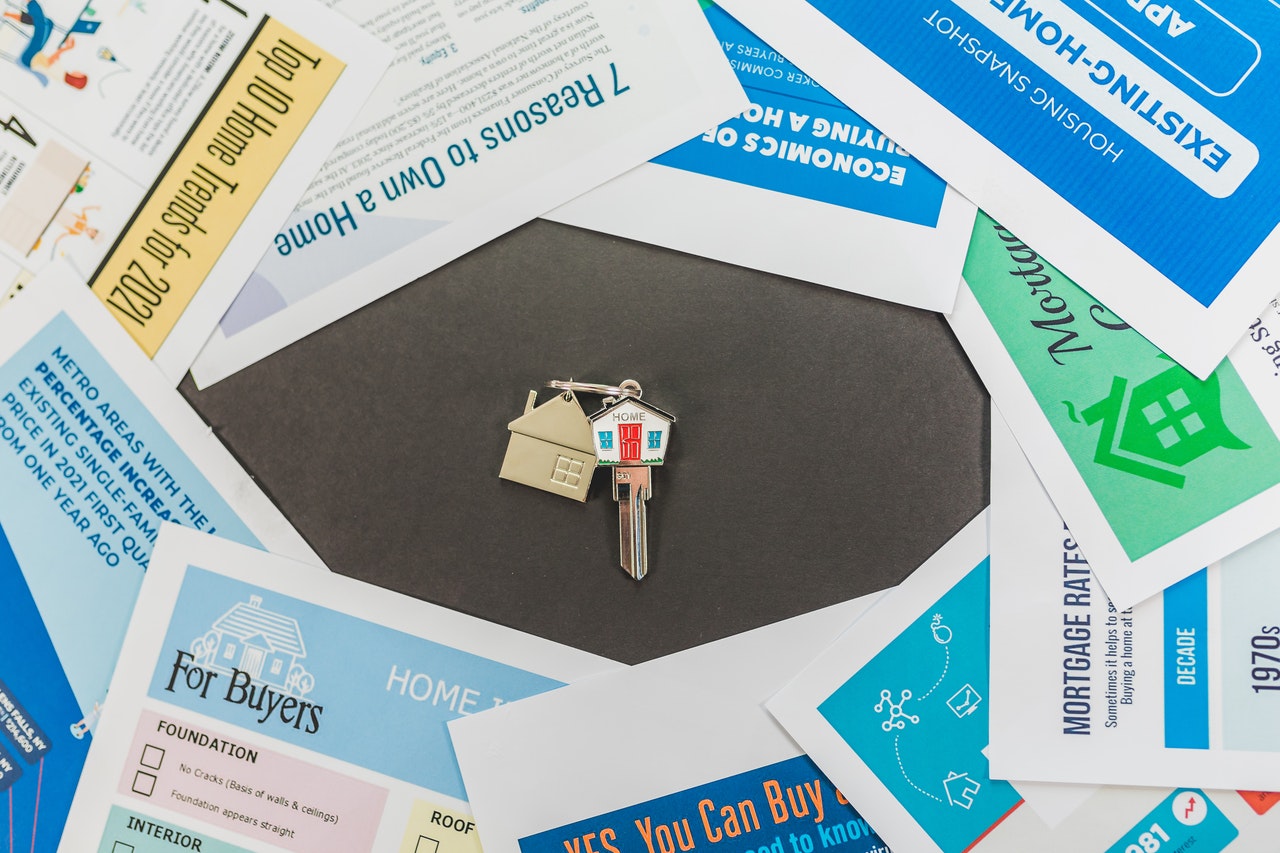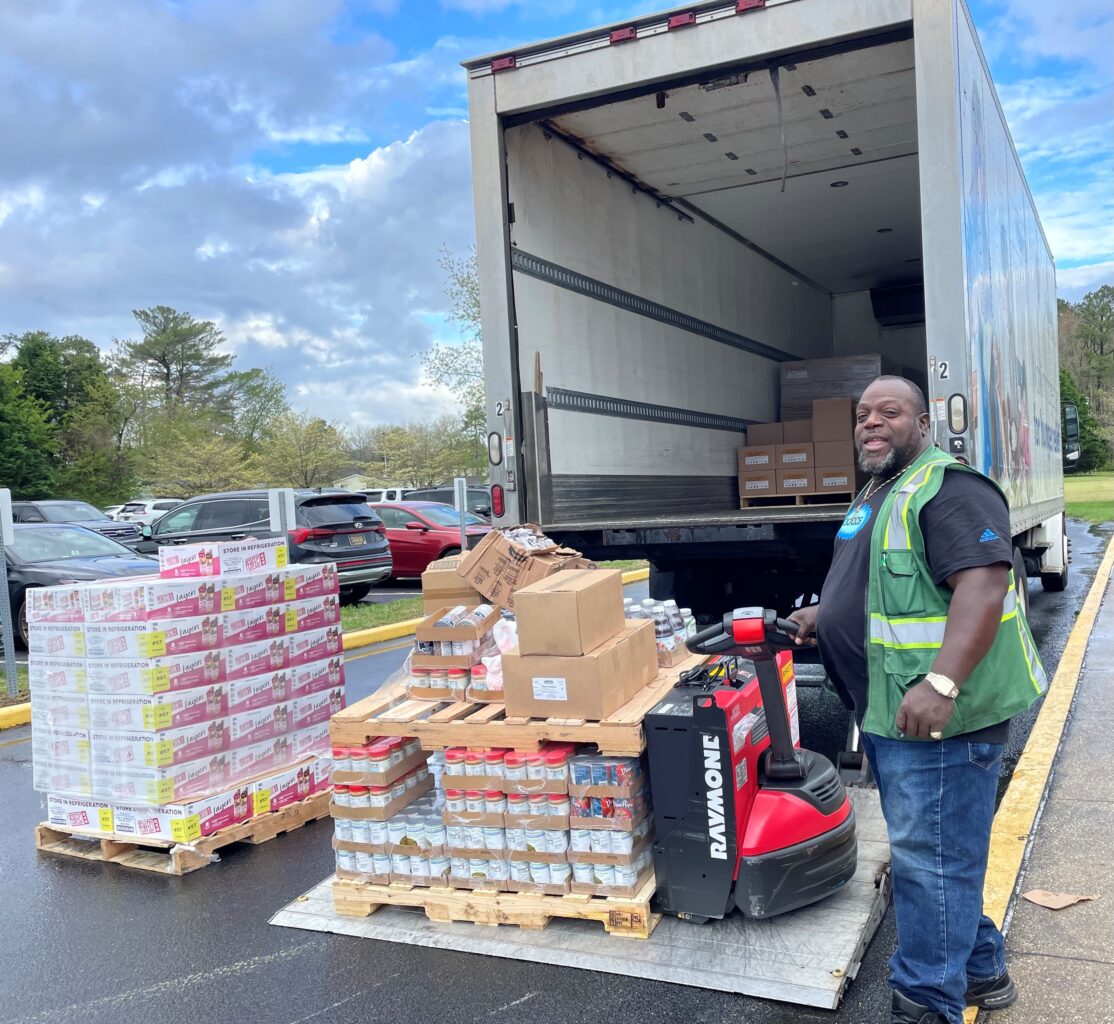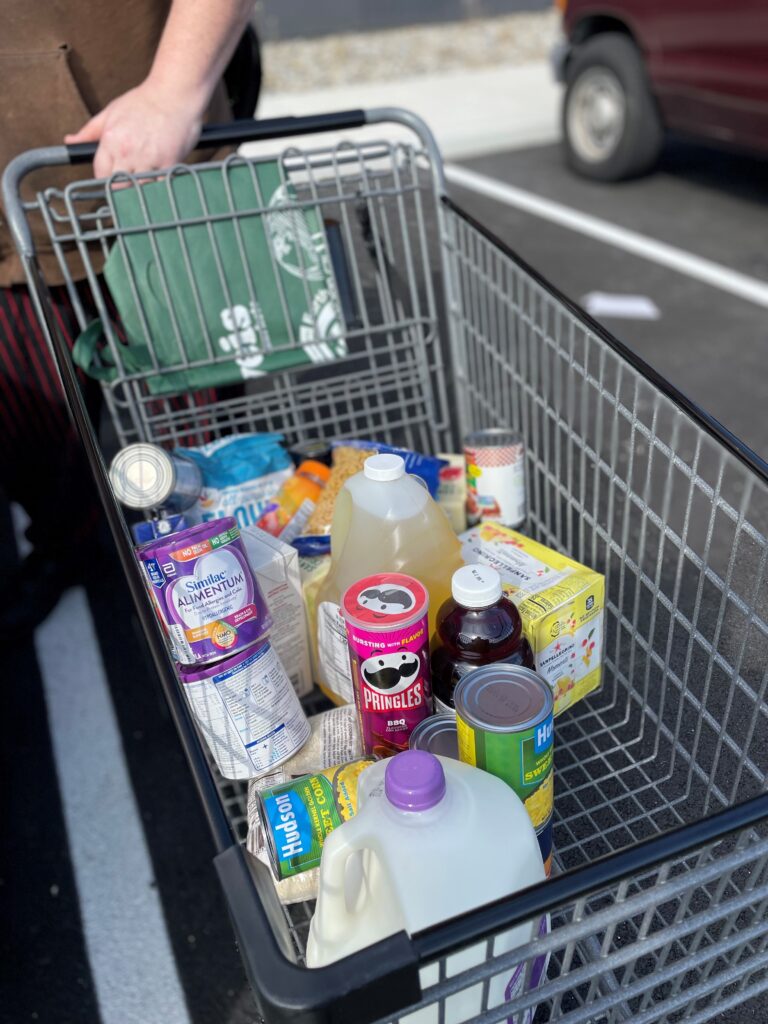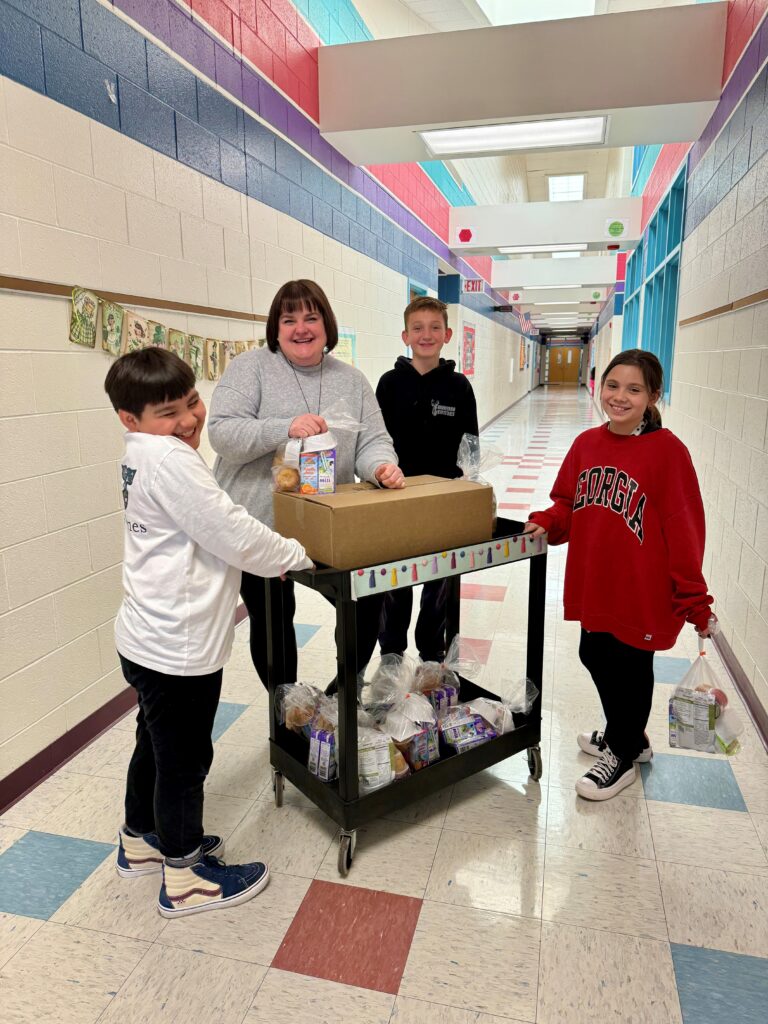Closing the “SNAP Gap” in Delaware
February 21, 2018
By Ian Lawrence and Dan Jackson, SNAP Outreach Coordinators
Unless Congress passes President Trump’s proposed FY 2019 budget, Supplemental Nutrition Assistance Program (SNAP) benefits will remain in their current form of an electronic benefits card, providing recipients the opportunity to choose the foods that are best suited for their households.
The Supplemental Nutrition Assistance Program, formerly known as Food Stamps, is currently seeing a national decrease in participation as well as in benefit usage rates. Consequently, there has been an increase in the size of the “SNAP gap,” which refers to the dollar amount of all unclaimed SNAP benefits. According to Feeding America, ‘$3.1 billion in potential SNAP benefits were “unclaimed” each year, resulting in an estimated $5.6 billion in lost economic activity and countless meals missing from the tables of eligible families and seniors.’[1] In order to counter the economic loss caused by the “SNAP gap,” the Food Bank of Delaware’s SNAP Outreach team is making great strides in ensuring that every eligible person in the state receives the benefits to which he or she are entitled.
There are many reasons why households choose not to participate in SNAP. These include lack of knowledge regarding application procedures, mobility or transportation issues, and social stigma. Moreover, many seniors elect not to claim benefits on account of the myth that they will receive only the state’s minimal amount ($15). Some households also choose not to apply based on the misguided concept that “somebody else needs it more than I do.” Regardless of the reasons for which households choose not to apply, federal and state governments encourage all individuals who think they might be eligible to make an effort to enroll in benefits.
Many individuals dread the paper SNAP application, are apprehensive about visiting a Service Center, or have difficulty filling out the application online. Fortunately, the Food Bank of Delaware’s SNAP Outreach Coordinators are trained to assist individuals throughout the state in filling out SNAP applications. Furthermore, Coordinators are able to scan all necessary verification documents (ID, proof of living expenses, etc.) directly to the State of Delaware in order to save clients stressful trips to Service Centers. Coordinators strive to make every appointment entirely stress-free and friendly, setting meetings at a time, date, and location convenient for each applicant.
Social stigma is another impediment to households who are considering applying for SNAP benefits. Many households fear that they will be ostracized for claiming and using benefits, or that friends and family may judge them. Thanks to the confidential nature of the application process, however, a household’s choice to claim public assistance remains unknown to everyone but household members. Indeed, the program no longer employs actual “stamps” for transactions, but rather utilizes an Electric Benefits Transfer (EBT) card to facilitate discrete food purchases.
Many seniors choose not to enroll in SNAP because they have heard the myth that they are only eligible for the state’s minimum amount of benefits. This, however, is not the case. 39% of SNAP households receive the maximum number of benefits, while only 8% receive the minimum.[2] Therefore, benefit amounts cannot be assumed, as every household is unique vis-à-vis size, income, and expenses.
It is estimated that about 95% of SNAP eligible households in Delaware are enrolled in the program, giving the First State one of the 5 smallest “SNAP gaps” in the nation. The SNAP Outreach team at the Food Bank of Delaware seeks to assist Delaware Health and Social Services to achieve a 100% participation rate. If you or someone you know may be eligible for SNAP and is interested in applying, please contact the Food Bank of Delaware’s SNAP Outreach Team at 302-444-8073.
[1] Cunnyngham, Karen. “Reaching Those in Need: Estimates of State Supplemental Nutrition Assistance Program Participation Rates in 2012.” Accessed February 6, 2018. www.fns.usda.gov/researchandanalysis.
[2] Food and Nutrition Service. “Characteristics of USDA Supplemental Nutrition Assistance Program Households: Fiscal Year 2016 (Summary). Accessed February 6, 2018. https://fns-prod.azureedge.net/sites/default/files/ops/Characteristics2016-Summary.pdf.










